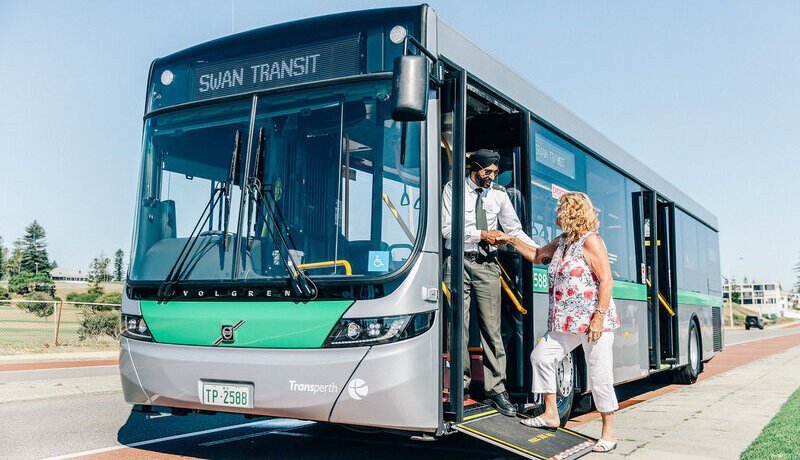Post-COVID: Time to Fast-Track Usage-Based Auto Insurance (UBI)
Among the myriad changes triggered by COVID-19, one that stands out is the spike in demand that auto insurance companies are experiencing for Usage-Based Insurance – UBI – programs and dynamic-priced products – especially in the United States.
It’s easy to understand why. For millions of us, car usage – both for personal use and for business – plummeted during the pandemic. So why should we pay the same car insurance rates and premiums as before, when our risk is so much lower?
And why stop there? Once we get used to Pay-As-You-Drive premiums that vary according to how much we drive, why shouldn’t we want premiums based on how we drive? If I – or my fleet – has an exceptional safety record, why shouldn’t I benefit? Why should a safer driving Eagle scout pay the same premium as an impulsive speed demon, just because they’re the same age?
In fact, as awareness of UBI options grows, more and more customers have been choosing insurers who offer personalized premiums. Such programs benefit not only clients, but also insurers: they help them increase retention of their low-risk clients, de-risk higher-risk clients, adopt more flexible, dynamic pricing, and take a more proactive approach toward reducing driver risk.
Statistical evidence supports the argument that drivers perform better and follow safer practices when enrolled in an insurance telematics program, with the understanding that their driving performance is being analyzed – and that reduced premiums comes with “strings attached” to improved safety performance.
As Warren Buffett said in an interview for Motley Fool, “As UBI programs continue to gain popularity across the United States, driving behaviors, miles driven and time of day traveled will begin to replace traditional auto insurance. Many experts predict that up to 20 percent of all vehicle insurance in the U.S. will incorporate some form of UBI within the next five years.”
Out with “black boxes” – in with telematics apps
The truth is, the one-size-fits-all model with premiums based on broad demographics was already ripe for an overhaul, even before COVID. Many recognized that advanced telematics devices represented a goldmine of behavioral data that would enable insurers to much more accurately predict risk – and then to offer auto insurance products based on actual driving practices. But a key barrier was the need to install “black boxes”: telematics devices that enabled tracking of miles driven and unsafe behaviors.
Customers resisted the requirement: besides the cost and bother of installation, the installed equipment felt invasive and permanent. And when vehicles were leased, installation of “foreign” equipment was often prohibited altogether. Incentives helped reduce the resistance, but not enough – apparently – to create the UBI revolution.
But now the time has come. With the availability of digitalized, no-installation-required telematics that clients can download onto their own mobile devices in minutes, and with the increased demand created by COVID, the tipping point has arrived. Customers everywhere are demanding UBI products – and auto insurers are being overwhelmed by demand.
Every insurer has its own answer to these questions. Many start with simple PAYG (Pay As You Go or Pay As You Drive) models, in which premiums are based on the number of hours and/or miles that a driver is actually behind the wheel. But with apps now able to track data of much greater volume, granularity and complexity, forward-minded insurance providers have begun transitioning – sometimes with limited control groups – to next-generation models, such as PHYD (Pay How You Drive) and MHYD (Manage How You Drive).
What features are needed in a telematics app?
So what are the must-have features that an insurer should look for in launching its own UBI telematics app – the features that will provide maximum flexibility and differentiation in the eyes of increasingly sophisticated users?
Although there’s no one answer, the more data that the app provides about driver behavior, the more options the insurer has – for today, and for tomorrow.
At a minimum, insurers should look for an app that can produce accurate personal risk IDs within a relatively short time period – say, weeks rather than months. This reduces the frustration that a client is likely to experience if the UBI program takes too much time to get into gear.
Even better is an app that can provide granular-enough data to support a proactive approach to driver safety, enabling managers and insurers to move from the “detect and repair” to a “predict and prevent” approach to reducing risk. This is possible only when the telematics solution is able to monitor driver behavior, providing feedback that enables – or that even incentivizes – drivers to improve their driving habits and styles.
Your ultimate tool for UBI: the GreenRoad DRIVE™ Safety Telematics App
That’s exactly the concept behind the GreenRoad Drive™ Safety Telematics App. Designed for ease and convenience, it downloads in minutes to clients’ own mobile devices. Once activated, it automatically collects comprehensive, detailed driving behavior data with no disruption of a user’s normal driving routine. And the device itself is usually a simple mobile phone, which requires no specialized, permanent installation within the vehicle.
One of GreenRoad Drive™’s key differentiations is its ability to track 150 separate driving maneuvers of different severities, as opposed to telematics that track just a handful of severe maneuvers. This analysis, when combined with comprehensive “standard telematics” data about miles driven, time of day, GPS locations, fuel consumption and more, enables the solution to provide highly accurate Personal Risk IDs about the driver – even after just a few weeks of driving. This means that insurers can create highly accurate Personal Risk IDs after just a few weeks, rather than after six months or more.
Even more important, use of the app enables insurance providers to shift from a “Detect and Repair” approach to auto insurance to “Predict and Prevent” mode, proactively preventing accidents before they happen in the first place. Such an approach is made possible by the app’s real-time feedback and coaching, which alerts drivers automatically whenever a risky driving event occurs. This allows drivers to quickly self-correct, resulting in the safer, smoother driving that reduces accidents – and insurance payouts.
GreenRoad’s driver coaching continues after the trip is over. At the end of each journey, drivers receive a summary of their performance to review, along with AI-based practical tips based on their own driving history. In addition, drivers can receive automatic alerts about risky areas and safety hotspots, to encourage even greater awareness and caution. All of these functions help insurers proactively improve driving behavior and reduce risk, resulting in a reduction of the loss ratio.
In addition, insurers can take advantage of GreenRoad’s “smart psychology” gamification elements, including Safety Score-based friendly competitions, recognition programs and award schemes, to “raise the notch” of individual safety programs, further incentivizing safe driving behavior. Even clients that don’t engage in competition with others often enjoy tracking their own Safety Scores, working to improve their own “personal best”.
Bottom line, with an effective data-rich UBI solution, insurers can offer drivers personalized plans that address their specific risk profile – along with a proactive option that enables reduction of premiums when justified by safety performance. Along the same lines, if the insurance company sees that a previously safe driver begins to exhibit unsafe behavior, they can immediately adjust the pricing to reflect the increased risk.
In this way, the real-time data provided by the GreenRoad Drive™ app serves as a key that protects the insurance company’s profitability – while enabling it to offer customers the personalized offers they desire.





